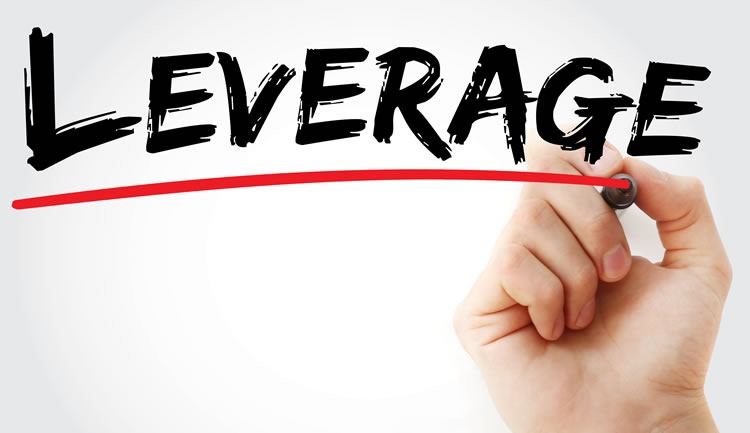Dan Sheridan posted an article yesterday “Why should Covered Writes be Illegal?”
A covered write is more commonly known as a covered call.
Dan has an example of XYZ stock (I love XYZ stock…)
+100 XYZ stock @ 90.00
-1 Aug 95 Call @ 1.00
Dan made a few statements that I need to comment on:
– Dan says that he sells in-the-money calls if he is bearish. Why would you sell ANY covered calls if you are bearish? Covered calls are a bullish strategy. Since Dan only goes out 30-days, he doesn't give his bearish outlook much time to change to a bullish trend.
– Why would someone do this? Dan's answer is extra income. A better answer is to reduce volatility of your returns, which will improve your returns in the long run. Income is nice if the stock stays in a range of course, but the reduction in the volatility of your returns is the most important benefit in my opinion.
– What's the problem with this trade? Dan says cost.
In Dan's example, the return for one month is $100 on $8900 of margin required, or +1.12% in one month. That is +13.5% per year.
Dan says that replacing the long stock with a long call ( +1 Feb 2019 75 Call for @ 18.00 ) has a higher yield. It does have a higher yield but that's not the whole story.
The real question is how much risk are you subjecting your account to?
Let's assume you had a $10,000 account and could put one covered call trade on. You could afford to put several diagonals on but you would be over leveraging your account.
Yes you'll make a lot more if the stock goes your way; however, you'll lose a lot more if the stock moves against you.
Let's assume you want to keep the risk profiles similar.
The covered call costs $8900 while the diagonal costs $1700 ($18.00 – $1.00)
Both trades are trying to make $100
The yield on the entire account is the same but the margin used is not. Dan can't claim that the diagonal is better because it has a higher yield. The yield on the account should be the same if you are trying to generate a $100 profit from either strategy.
What are you going to do with the extra cash?
Most people will put more trades on, either in XYZ or in something else.
Doing this will over leverage the account.
Let's see how.
In a $10,000 account, you could put five $1700 trades on for $8500 of margin used. (Pretty close to the margin from the covered call).
Let's say the stock either makes or loses $100 for each trade.
The covered call with either gain or lose 1.12%
The diagonal will gain or lose $500, or 5%
Let's say the market had a strong sell off
The covered call lost $300, or -3% of the entire account.
The diagonal would lose $1500, or -15% of the entire account.
If you lost -3% of your account, you need to earn +3.1% to get back to break even.
If you lose -15% of your account, you need to earn +17.6% to get back to break even!
Now assume the market really crashed and the covered call lost -$1000, or -10% for the entire account. You need to make +11.1% to get back to break even.
The diagonal will lose -$5000, or -50% of the account. You need to make a 100% return just to get back to break even!
You can see how over leveraging becomes a catastrophic event for your portfolio.
Other considerations
- Stock has +100 Delta. Dan's deep-in-the-money call might have a +85 Delta. If the stock is moving higher, the covered call will be making money faster.
- On the flip side, if the stock is moving down, the covered will be losing money faster.
- If you own the stock, you can collect dividends which may have favorable tax treatment if held over 60-days for common stock and 90-days for preferred stock.
- Stock has the ability to put married puts to absolutely limit risk. Dan Harvey and I prefer this method over covered calls or diagonals.
In Summary
Selling a covered call is very similar to a diagonal; however, the diagonal has the temptation to over leverage your account. Over time, this will hurt your performance as losses are magnified and time to recover from the losses will increase. If you are bearish on a stock, DO NOT SELL COVERED CALLS! They are a bullish strategy.


